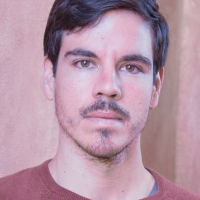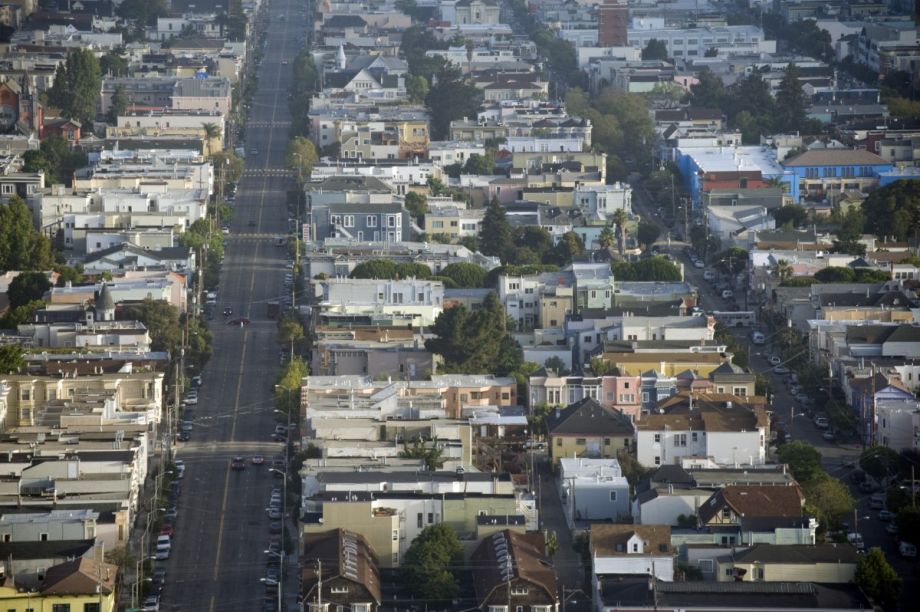In December, San Francisco’s Office of Economic Workforce Development announced it will make $45 million available for community groups in the city that prove they can link impoverished communities with employment barriers to booming local industries.
It’s the first big RFP the office has put out since earlier in the decade, and it comes with a handful of innovative approaches to building career pathways into San Francisco jobs that OEWD is excited about, like tech, construction, hospitality and healthcare.
Instead of just looking at the office data on unemployment and poverty in neighborhoods, though, the OEWD is giving power to communities by letting them argue for their own definition of “underserved” when they submit their proposals.
“We’re asking for folks in the community-based organizations about what they think would be new and innovative and different,” says Michael Carr, director of workforce development at OEWD. “We want them to give us evidence and data based on their neighborhood and the clients that they’re servicing.”
With those fresh angles, OEWD will see how community organizations’ claims match up with the data they have, and if a proposal presents a compelling case — or shines light on a neighborhood issue that OEWD previously missed — it will help those groups spread their impact in the neighborhoods they know best, says Katherine Daniel, deputy director of OEWD’s workforce division.
OEWD has also started working closely with a cross-section of other city departments and organizations, like the Department of Children, Youth and Their Families, and the Golden Gate Restaurant Association, to make sure its services create a citywide network of workforce leaders.
That’s not just going on in San Francisco. The Workforce Innovation and Opportunity Act (WIOA), which was passed in 2014 but set in stone in 2016, is pushing workforce programs across the country to hand off some of their services to local community organizations and for-profit workforce companies. It’s a move that’s intended to help federal funds have a wider impact when it comes to job placement.
The logic of that change is that community organizations with a long, trusted presence in certain neighborhoods have a much easier time reaching out to locals than government employees visiting from their offices in the heart of a city. Of the OEWD’s $45 million pot, which will be distributed over three years, $9 million will come through WIOA.
Another $4.5 million will get channeled through the Department of Housing and Urban Development’s Community Development Block Grant fund. But the vast majority of the money is coming from the city itself, nearly $30 million.
“We’re really fortunate and lucky to have the funding sources that we do,” says Carr. With a gross domestic product of $431.7 billion and housing prices — and therefore property tax revenue — rising an average 13 percent year after year from 2012 to 2016, San Francisco isn’t exactly suffering for money. But Carr says that they do provide tailored advice to leaders in nearby cities, and the OEWD is seen as a front-of-the-line office when it comes to testing out new approaches to workforce development.
“Other workforce boards may take these ideas and squeeze them down to a smaller scale,” he says. “We can go in initially and try out practices first, and can kind of prove which items work and what doesn’t work,” which can benefit other cities because it saves them the time and money needed to experiment.
One approach to workforce data tracking that OEWD is proud of is the “neighborhood access point,” which let the OEWD track the flux of job seekers on a neighborhood-by-neighborhood basis. There are six designated neighborhood access points in areas like Chinatown, the Mission District, Bayview and Western Addition that give San Francisco job seekers career planning help, job search assistance and access to job education, and act as internet cafes.
On top of those six, there are 11 other affiliate sites throughout the city that provide a smaller set of services. Using these access points “will never change,” says Carr. Through them, “we’re putting boots on the ground and we’re actually talking to the people” in the communities who need services the most, he says.
This new RFP also prompts a push to start subsidizing employment programs that target young adults, creating one-stop shops that help residents access public services like food stamps and career help from the same location (also part of WIOA), and the creation of a new business coordinator position that can help link workforce development efforts with the San Francisco International Airport.
With these tactics in place, the office is hoping to expand its success rate. “We’ve had about an 80 to 85 percent and higher placement rate. We’ve been very successful in landing people in good jobs,” says Carr. “Now the goal is to address those folks who got those jobs so they can come back to us and we can help them move up the pay scale ladder.”
The Equity Factor is made possible with the support of the Surdna Foundation.

Johnny Magdaleno is a journalist, writer and photographer. His writing and photographs have been published by The Guardian, Al Jazeera, NPR, Newsweek, VICE News, the Huffington Post, the Christian Science Monitor and others. He was the 2016-2017 equitable cities fellow at Next City.

















